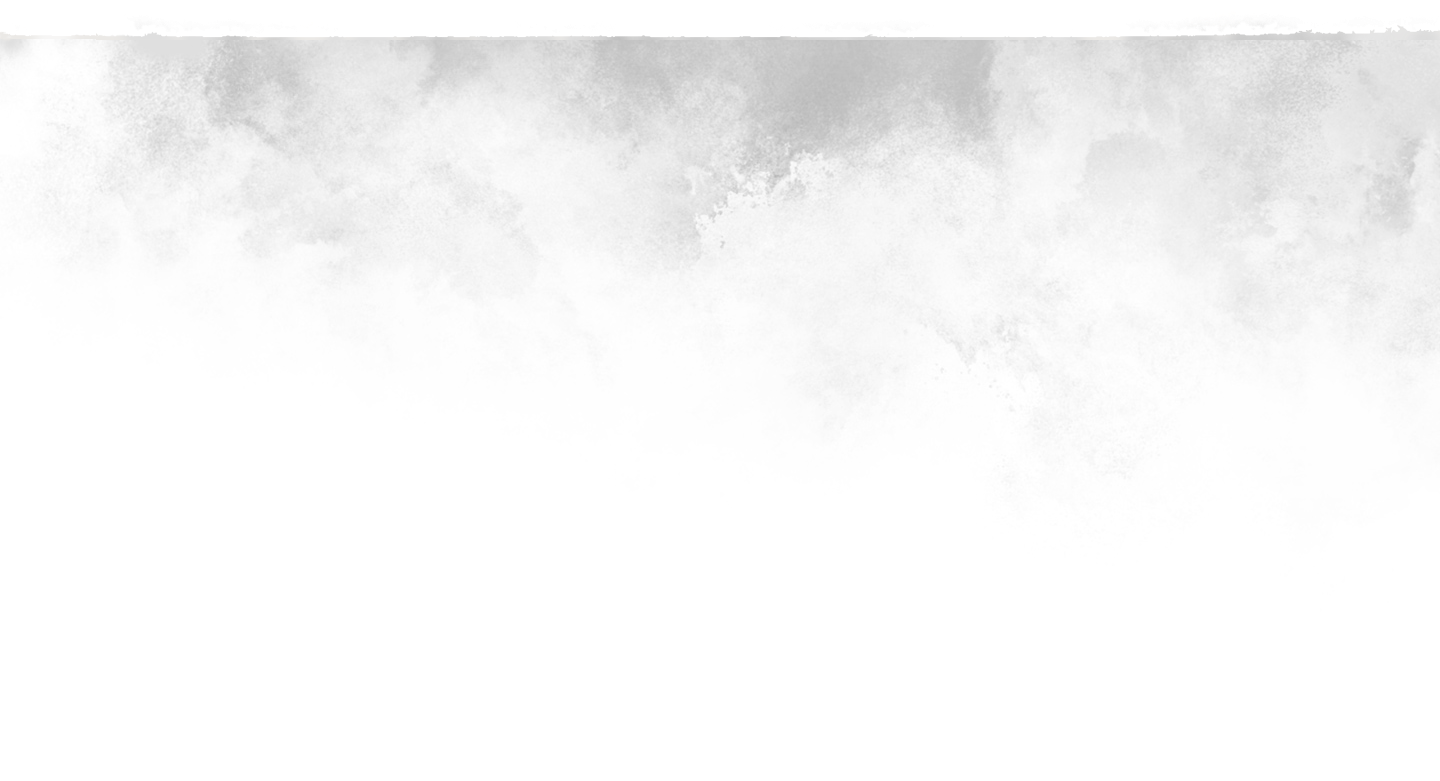TNECD got a chance to take a behind the scenes tour of the Volkswagen Chattanooga plant this week and learn more about VW’s sustainability efforts, which they’ve dubbed “Think Blue.” “Think Blue” is part of Volkswagen’s goal to reduce its energy consumption by 25 percent and triple the renewable energy it uses by 2018.

of all, the Chattanooga plant is massive. It’s hard not to be impressed when you drive up to the facility and look out over the expanse of buildings and cars. There are lots and lots of cars, both from the people who work there and cars ready to be shipped off and sold to a new owner. The 1,400 acre facility can produce 150,000 vehicles per year (right now, the plant produces Passats) and there’s room on the property for expansion.
Our first stop on the tour was the paint shop. We donned special suits, hats and glasses to check out how the Passats get their glossy sheen. Each car enters a paint chamber where four machines, covered in red sleeves, quickly begin the process of spraying the vehicle down. The machines’ movements are fast and precise, almost mimicking a kind of choreographed dance: around 600 cars are painted here every day. Our guide pointed out that what’s unique about this process is what isn’t there: Volkswagen has eliminated the need for a primer coat, and because they’ve eliminated this step, the process uses 20 percent less energy. The primer-free paint process started at the Chattanooga plant and is now being copied in Volkswagen plants around the world.

Next, we visited a portion of the assembly area. We watched giant machines transform 4,700 welds into a car, and the pace at which all of this happens is stunning. Our guide told us that for all the “heavy lifting” these machines are doing, it is actually a delicate process that requires a lot of finesse. Given that metal is being worked on in this assembly area, we were also surprised at how quiet it was.We then headed to a special drive-through area where the cars are tested for alignment and suspension. The vehicles also go through something that looks like a giant car wash so the Passats can be tested for paint and seal quality. To further uphold top-notch quality, two Passats are taken off the line daily and disassembled. Once they’re given the green light, approximately 85 percent of the vehicles are shipped to dealers via train to reduce energy consumption. On the topic of sustainability, Volkswagen has incorporated dozens of features into the design of the Chattanooga facility that make it the only LEED Platinum Certified auto plant in the world. What is LEED? Simply put, LEED provides building owners and operators a way to identify and implement energy-efficient, eco-conscious solutions for design, construction and operations. Just to name a few: Volkswagen designed and implemented a sediment and erosion plan specific to the site; left land identified as habitat for endangered species untouched; built a 33 acre solar park (this supplies about 12 percent of the factory’s power); used green roofing materials on 75% of the roof area; added superior insulation by six inches of mineral rock; installed “low-flow” water fixtures and sensors that turn lights on and off—depending on when people are in a room—and the list goes on and on.

’s clear Volkswagen takes blending into the environment seriously, especially when you notice all the wildlife on its campus. We spotted a robin’s nest, complete with four blue eggs, nestled inside one of the birdhouses by the visitor’s entrance. Our guide told us each birdhouse on campus has a family.
TNECD will have more on the “Think Blue” campaign and our trip to Volkswagen Chattanooga in an upcoming video. Stay tuned!
If you’re inspired to take a look at the Volkswagen plant for yourself, here’s what you need to know:
Volkswagen offers eight factory tours per week: Tuesday to Friday at both 9 a.m. and 1:30 p.m. You can email [email protected] to set up a time, but keep in mind that it’s usually necessary to book several weeks in advance.













